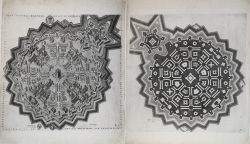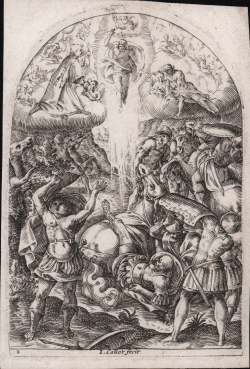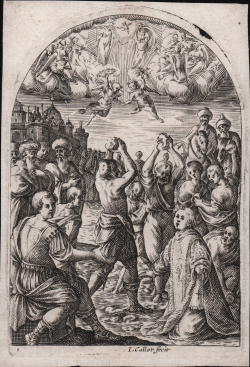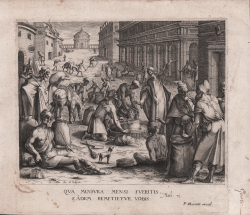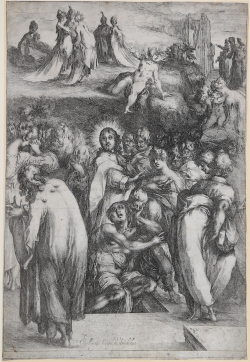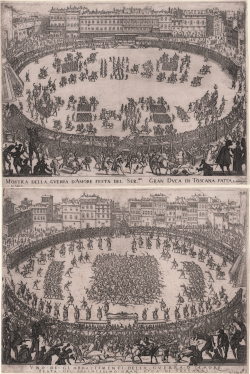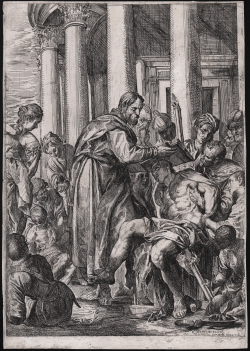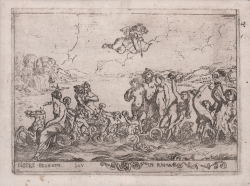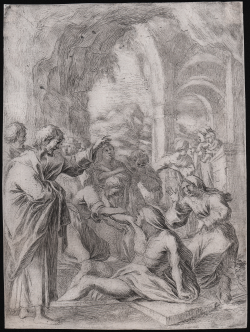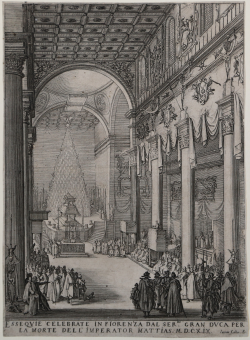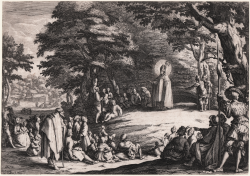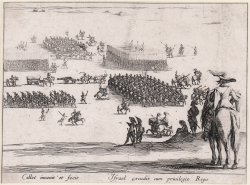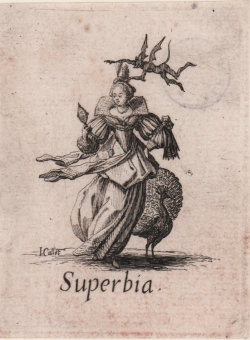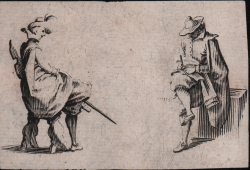Qua Mensura Mensi Fueritis Eadem Remetietur Vobis
Jacques CALLOT
Code:
S45169
Measures:
210 x 195 mm
Year:
1609 ca.
St Barnabas Healing the Sick or The Miracle of St. Barnabas
Pierre BREBIETTE
Code:
S42616
Measures:
237 x 335 mm
Year:
1617 ca.
Funeral of the Emperor Mattias, in Florence
Jacques CALLOT
Code:
S5463
Measures:
200 x 280 mm
Year:
1619
Duel opposing two gentlemen armed with sword
Jacques CALLOT
Code:
S47141
Measures:
80 x 55 mm
Year:
1621
Procession of nymphs with a statue of Diana
Pierre BREBIETTE
Code:
S48735
Measures:
250 x 78 mm
Year:
1625 ca.
Procession for the Death of Centaur (Pan)
Pierre BREBIETTE
Code:
S48737
Measures:
170 x 60 mm
Year:
1625 ca.

